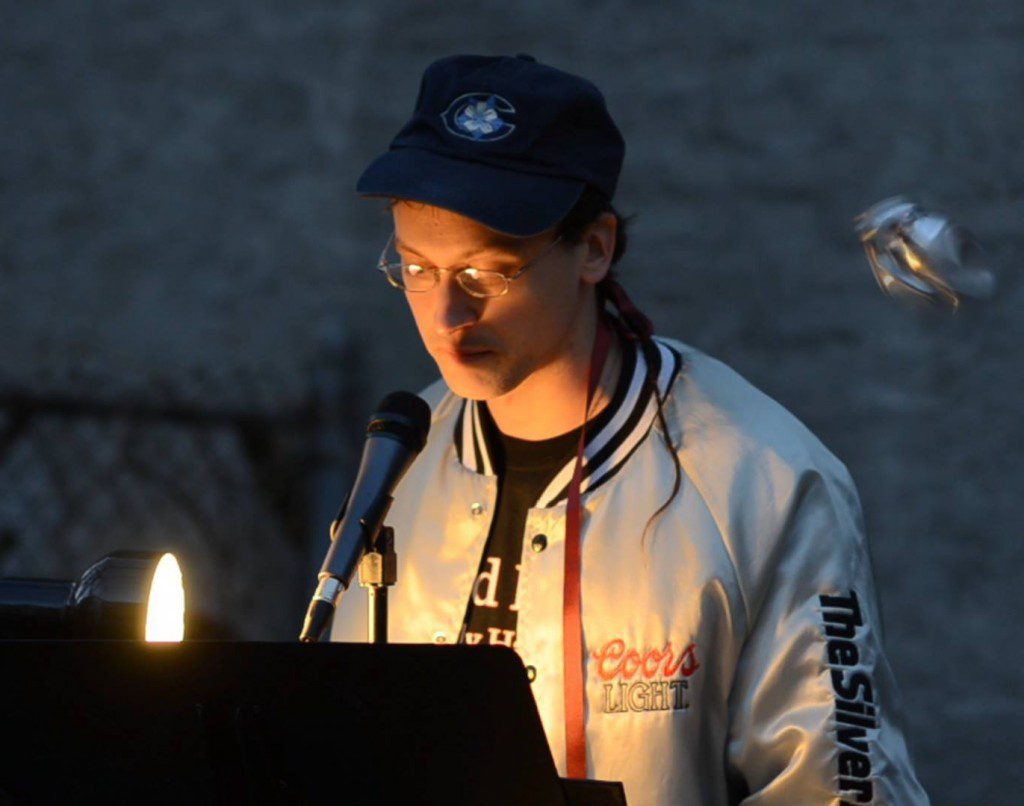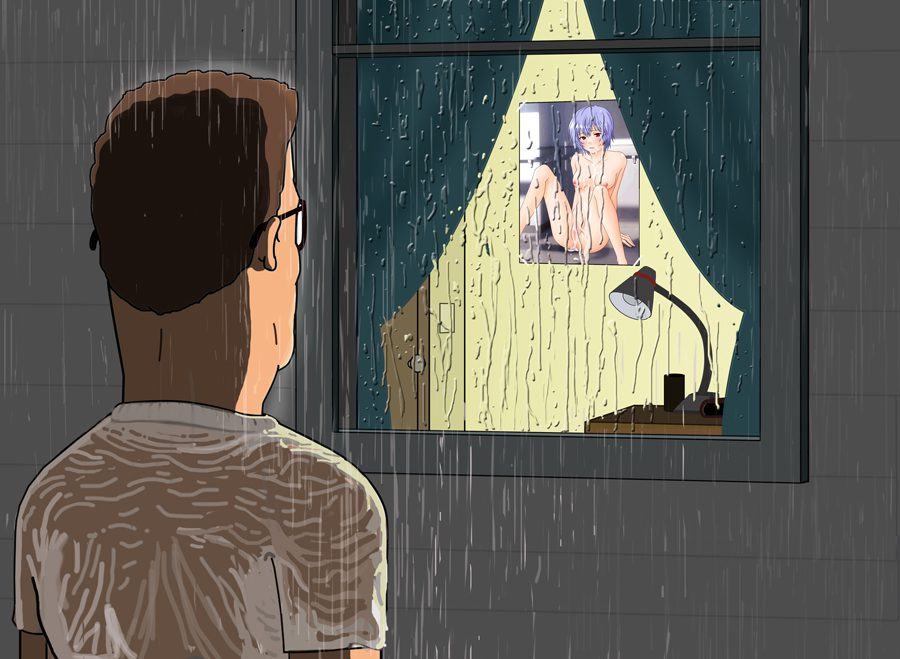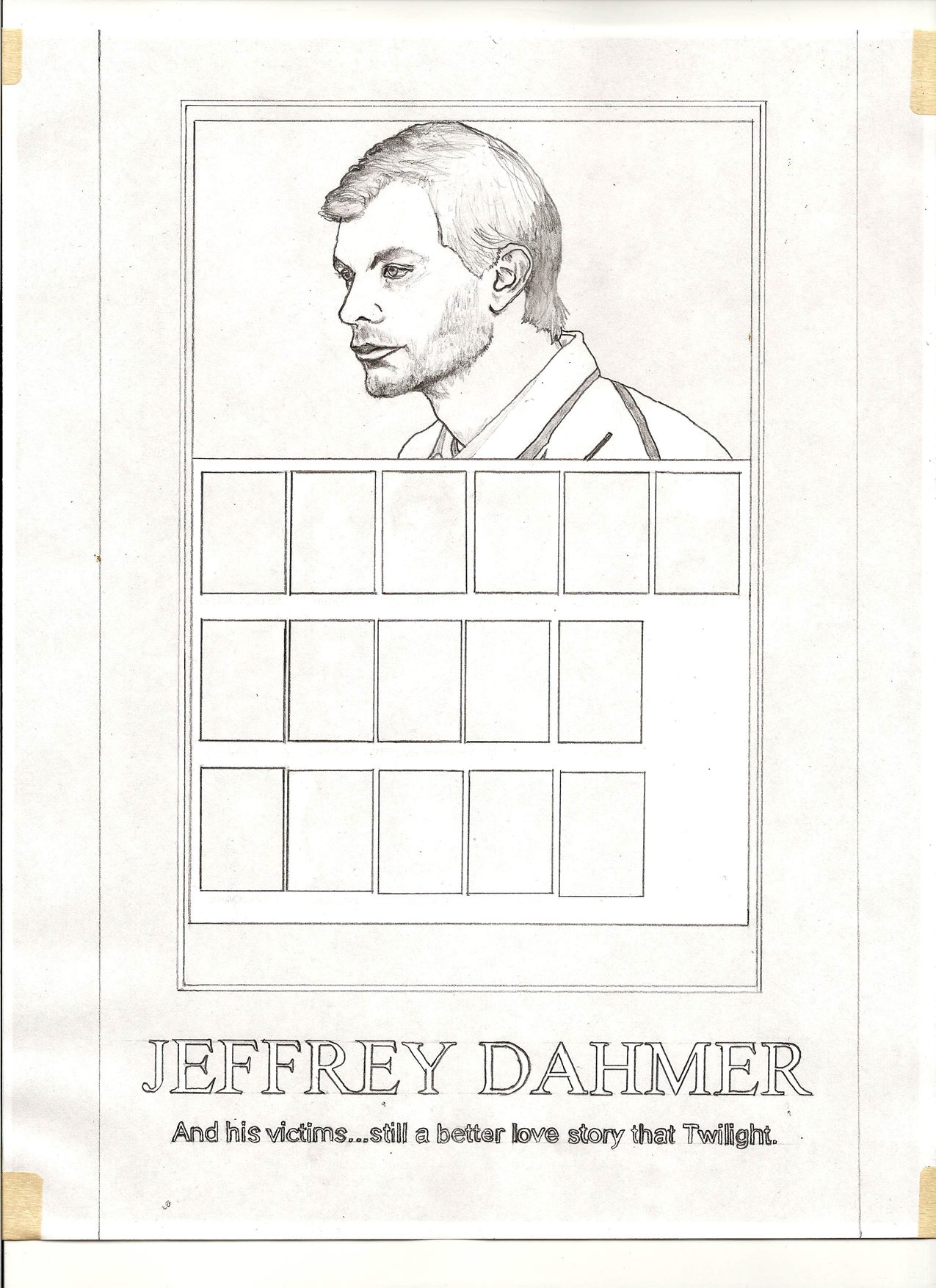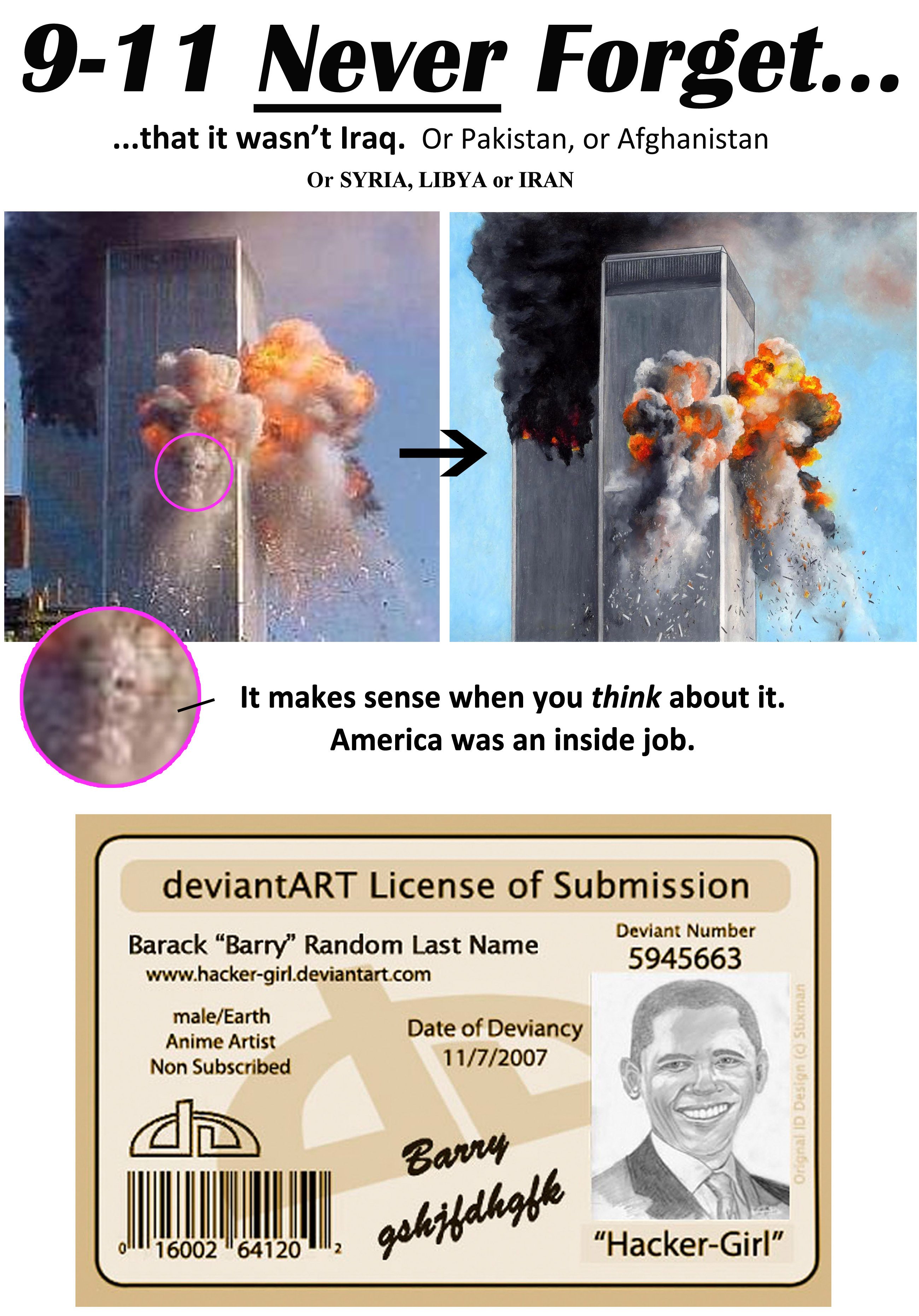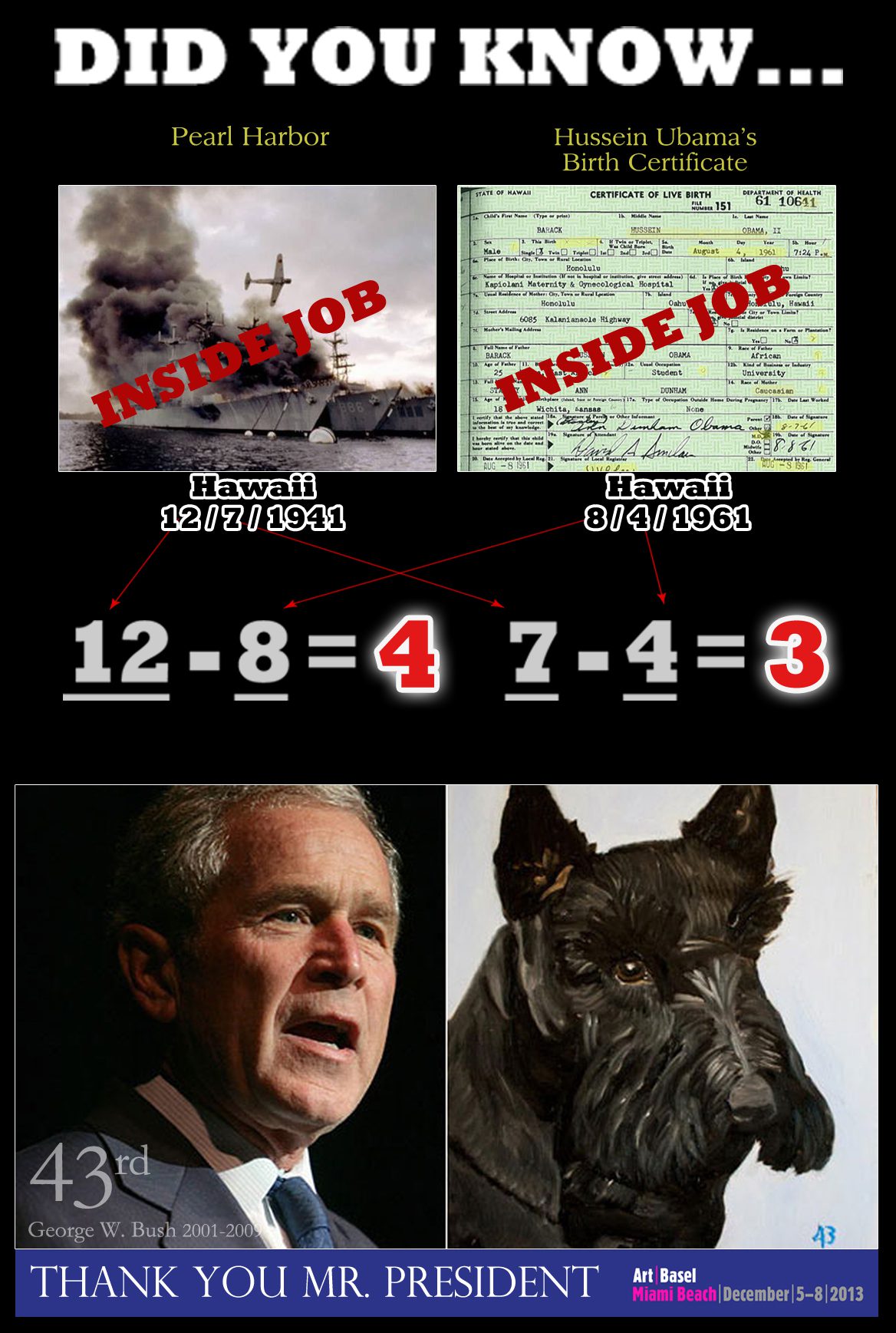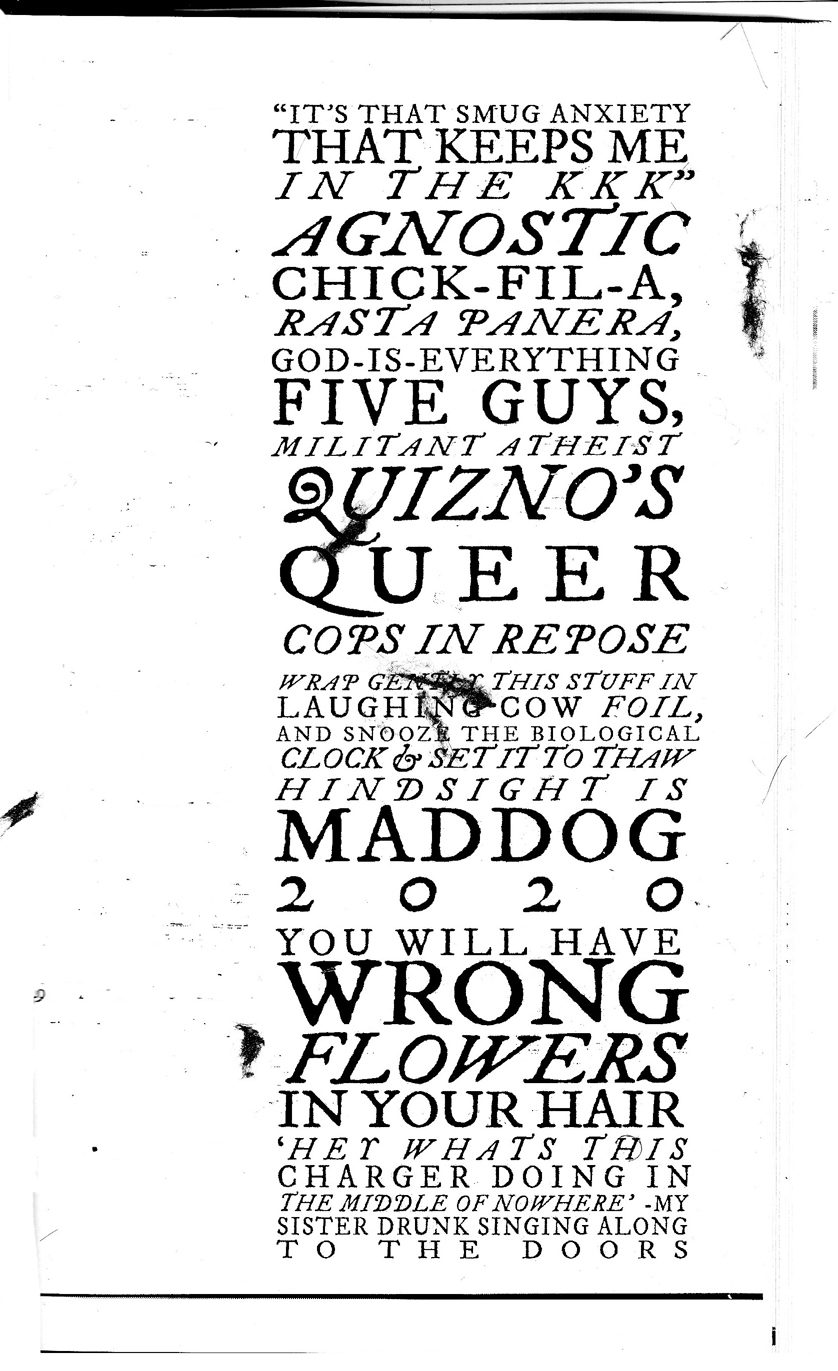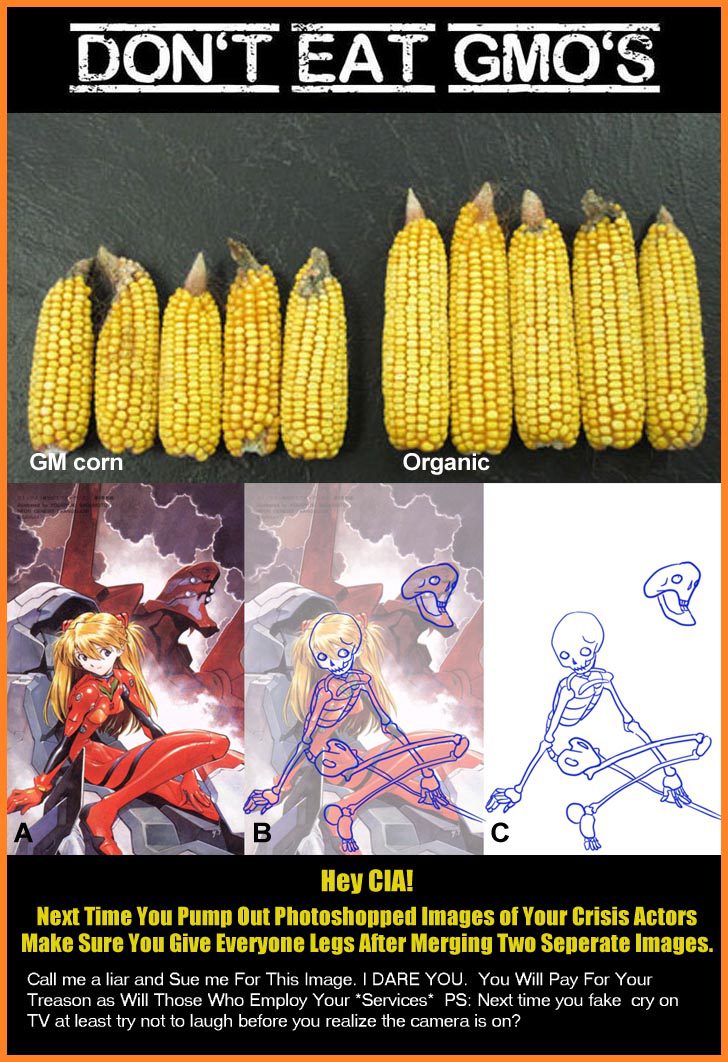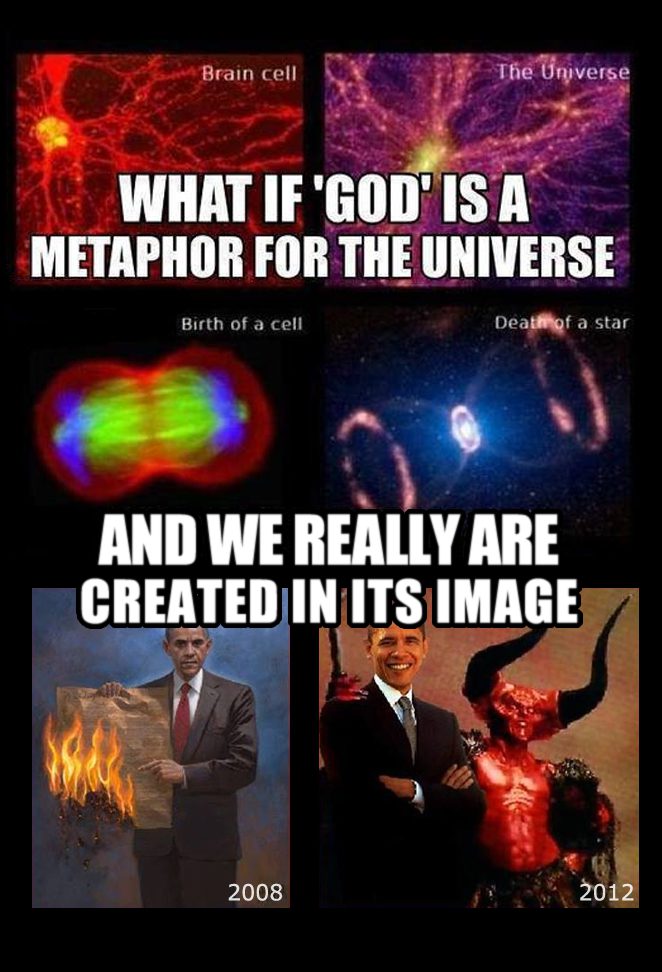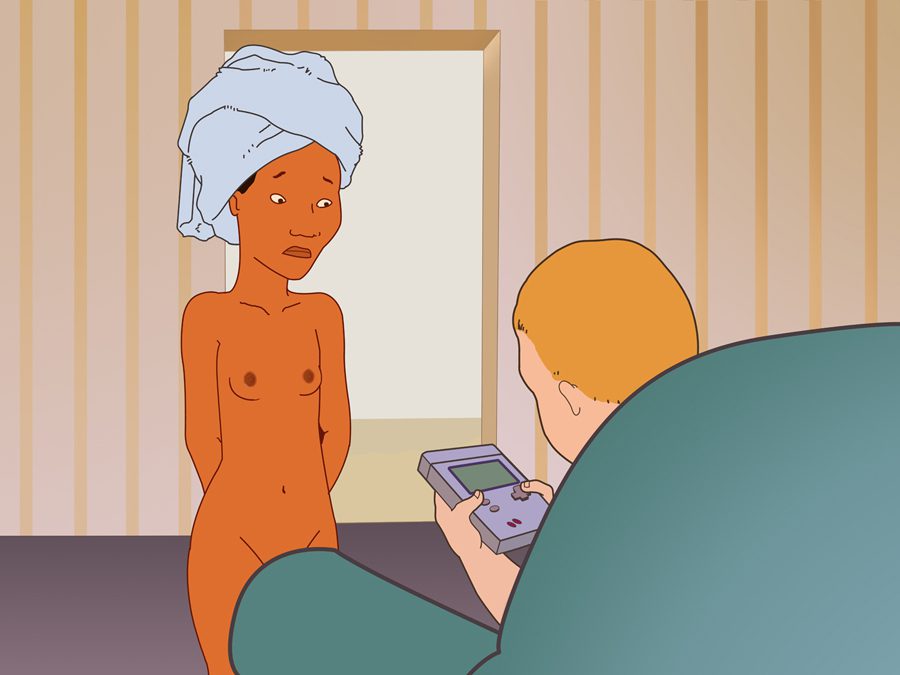Edward Shenk is an artist currently living in Brooklyn, NY. Edward was co-founder and curator at Reference Art Gallery in Richmond, VA from 2009-2012. He and Brad Troemel’s newly released book Zzzzzzzzzzzzzzzzzzzzzzzzz presents a collection of image macros based on conspiratorial right-wing internet propaganda. B O D Y‘s Art Editor, Jessica Mensch, interviewed Shenk over G-Chat about his new book and other recent projects.
B O D Y: Can you tell me about your fascination with The Jeffrey Dahmer Files [a documentary on the serial killer]?
Edward Shenk: I don’t really have a succinct answer…I like true crime reenactments. Always have. I grew up watching Unsolved Mysteries even though it was terrifying to me. I recently torrented over 50 hours of UM. When I was finished with that I moved on to serial killer documentaries on Youtube and Netflix. Dahmer is the most interesting one to me, so that documentary was perfect.
B O D Y: Why do you find him interesting?
Edward Shenk: Because he didn’t revel in the act of killing like Bundy or Ramirez. He seemed to consider it like something he hated doing but had to anyway. He’d get blackout drunk to do it.
B O D Y: How cognizant are you during your creative process? For example, a number of your image macros created for The Jogging tumblr that feature right wing propaganda were picked up and circulated by right wing conspiratorial tumblrs. Was this something you hoped for?
Edward Shenk: Yeah, it was something that was in the back of my head, re-introducing them back into the platforms the original content we pulled from circulated on, seeing how it would fare. The reactions ranged from positive to negative, blind acceptance to completely calling it out. When I made mine I wanted to replicate the proposed logic of the originals while also amping up their confusion. I tried not to censor myself because the style and content of the original conspiracy/far-right jpegs is extreme. There was something about the project that felt tacitly off-limits—that so much of the content stemmed from far-right, Tea Party, and anti-Obama sentiments. It’s more taboo to use far-rightwing themes in an art context than sex or death or shit. It felt like something that needed to be toyed with.
B O D Y: How would you respond if someone accused you of being anti-Obama?
Edward Shenk: I dunno. I’d say I don’t believe that recontextualizing a viewpoint necessarily equals approval.
B O D Y: And if someone said that you were being disrespectful of the far right?
Edward Shenk: Something similarly dumb-sounding. But I can see why someone would jump to one of those two conclusions. But also, I don’t think parody is necessarily disrespectful. Nor imitation a sign of respect. I don’t like that binary–it’s too easy. I became fascinated by the community of conspiratorial image macros on a genuine level. I can’t tell you exactly why. Not necessarily out of respect or disrespect. Incredulous at times. But I think you can mimic things best when it genuinely interests you, not just because you’re mocking it.
B O D Y: You mentioned in an earlier conversation we had that you don’t consider yourself an internet/post-internet artist…
Edward Shenk: Yeah, not necessarily. It’s not something I think about too much. The Theorist macros definitely make sense in that classification.
B O D Y: Are there elements common to most of your works?
Edward Shenk: A lot of my work involves text and a lot borrows from graphic/digital design, Photoshopping, etc. But the paranoia and obsessive misinformation appealed to me so far as theme.
B O D Y: In a recent article published in Mousse, the author described you and Brad Troemel’s macros as “… co-opting an accidental audience that had been previously far, far out of reach. By not only allowing for the space of misinterpretation (a hallmark of the web in its numerous forums and anonymous messages), it elevated that misinterpretation to a unique instrument for expanding its audience, for making “contact” with divergent webs outside the normal purview of contemporary art.” What do you think of this perspective?
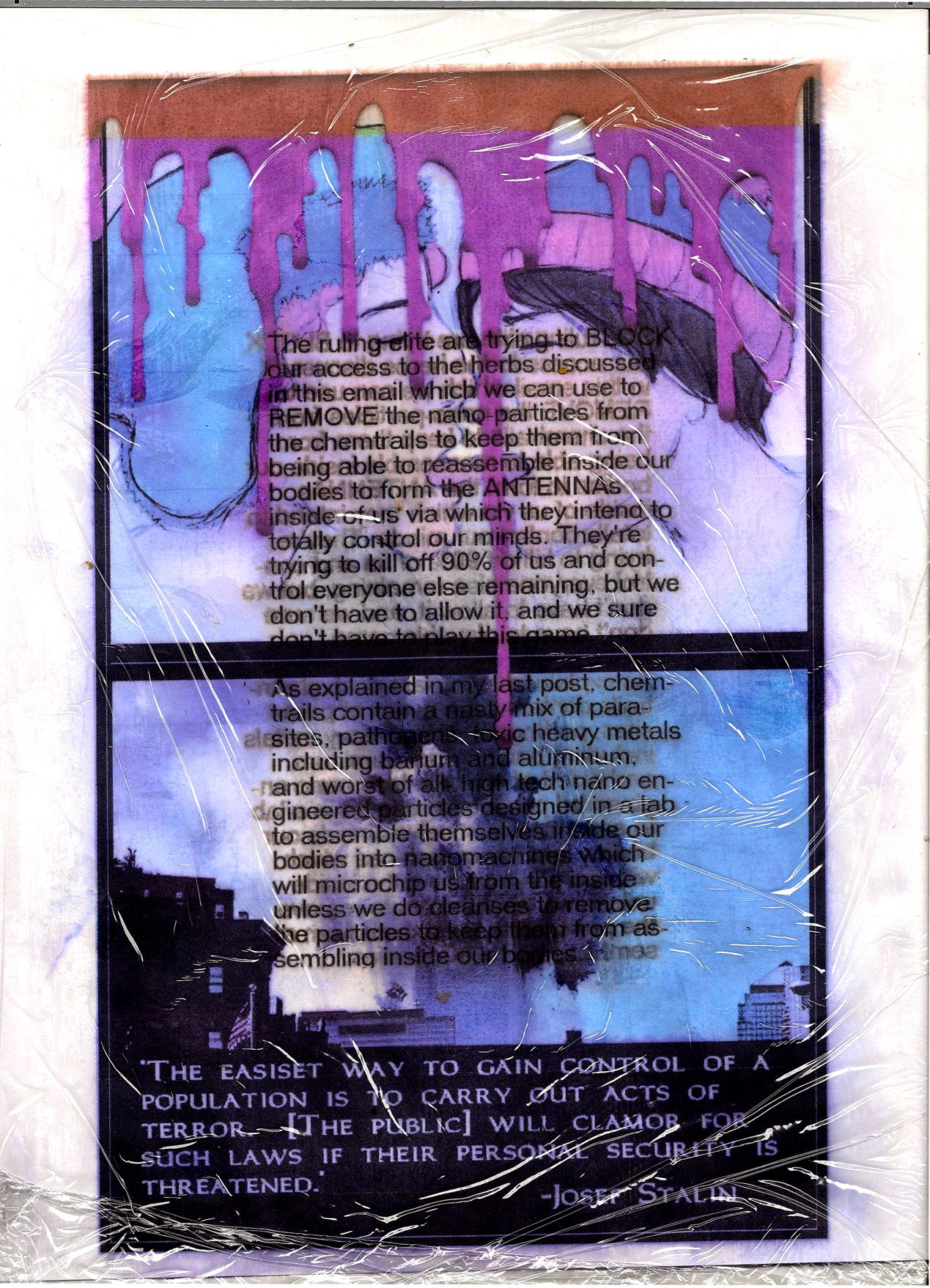
Edward Shenk: I agree with that. I thought the article was pretty spot-on. It was especially exciting/important that the Facebook group Barack Obama’s Dead Fly, a page Brad and I had been following day to day, shared our images. It both nullified them and gave them a whole second tier of meaning. It’s like when Quizno’s first came out and was bragging about how they toasted their subs, whereas their competitors (obviously pointing the gun directly at Subway) didn’t. But then Subway fired back by getting toaster ovens for all their restaurants and claimed they “doubled their menu” because now you could have any of their subs cold OR hot…. I felt like when those first-market FB groups and tumblrs re-posted our macros they doubled the project’s menu.
B O D Y: You recently published a selection of your and Brad Troemel’s Theorist macros in a volume titled ZzzZZ. Did it change anything for you to have your macros off the screen and in material book form?
Edward Shenk: Yeah, the way Brad and I handled the macros in ZzzzzZzzzz differs. The jpgs now had to make sense within the margins of 8.5×11” pieces of printer paper. The next step was emulating how these truther blips would be handled (or destroyed) as notices or flyers. They’re printed out on scrap paper, old lyrics sheets, hand-drawn maps, coupons, etc., as if with the same sense of urgency the original macros were made. The ZZZZzzz pages are re-edited; scribbled out by dissenters or elaborated upon by fellow theorists. The papers are rain-soaked, stained, crumpled, and used as grocery lists.
B O D Y: In your book, The Barrnes Noble: A Twitter Addendum, you created content from your tweets on twitter. What were some of the parameters for structuring its content and form?
Edward Shenk: I gathered what I considered to be the best of my Twitter, then divided the tweets into four times of day in which they were originally texted—morning, noontide, evening, and night—rather than chronologically by calendar as they show up online. Then in each section I pieced them together based on rhyme and theme. It’s very loose. I wanted the individual tweets to lose their distinct start and stop points and allow them to flow as four long “cantos.”
B O D Y: So subject matter wasn’t crucial to the project – you were working with other variables?
Edward Shenk: It was still important. I treated each page as a guideline of content. If I started off with a tweet about soda I’d end the page with a different one about soda. But secondary content often arose from pairings of seemingly unrelated tweets… I guess when I use Twitter in general I typically tend toward certain themes so subject matter didn’t deviate wildly.
B O D Y: What are those themes?
Edward Shenk: Food, oftentimes fast food, substance abuse, Catholicism, idiot puns more often than not plugged into lyrics and expressions, slogans….maybe it’s more diverse than I think it is. Going to stores…. I don’t know if that helps at all. Milano cookies appear quite frequently. I like the lifestyle connotations different food products are marketed toward. Like eating something can alter the person you are. Like transubstantiation.
B O D Y: Why did you follow the stylistic layouts of early printing press era pamphlets in The Addendum?
Edward Shenk: The original appeal was pairing the earliest form of disseminatable print media with a version that is obscenely current. As I mentioned I like the different languages of text design and I’ve always been drawn to the style of medieval pamphleteering. Those pamphlets and texts are composed so beautifully—capitalization, italicizing, and bolding of certain words for emphasis, weird kerning, too much or too little ink in certain parts that makes every instance of a certain letter look different than the next. The aesthetic is so analog. I wanted recreate it digitally. It was a backward process of purposefully distorting fonts and layouts line by line.
— Jessica Mensch
Further Reading:
Artist’s Website
Edward Shenk and Brad Troemel’s new book ZzzZzZ
